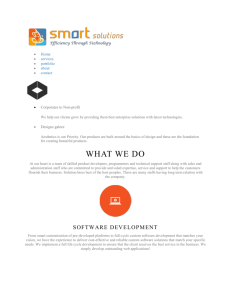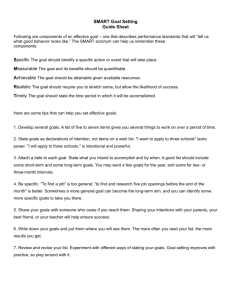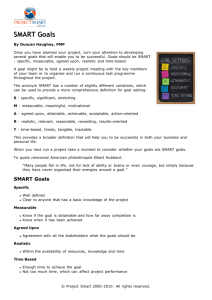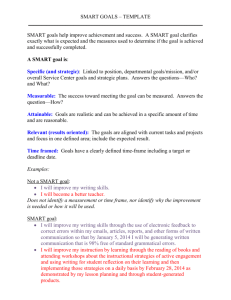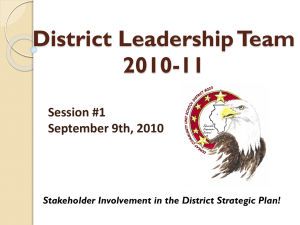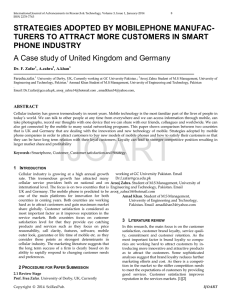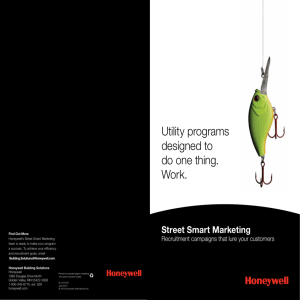Developing SMART Goals
advertisement
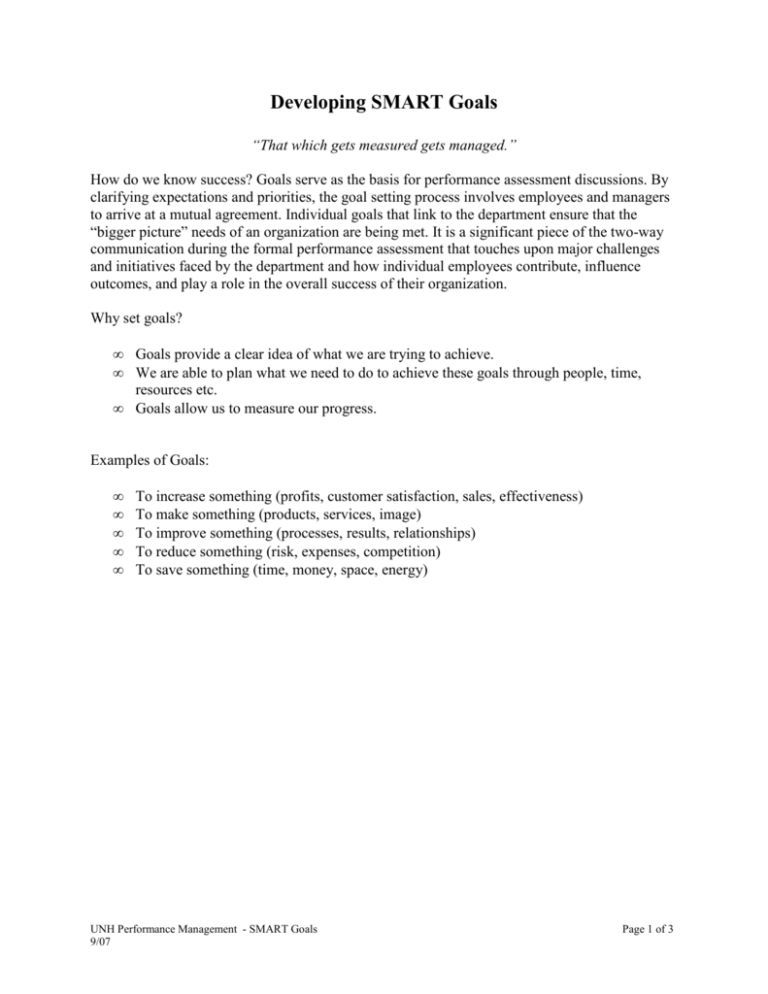
Developing SMART Goals “That which gets measured gets managed.” How do we know success? Goals serve as the basis for performance assessment discussions. By clarifying expectations and priorities, the goal setting process involves employees and managers to arrive at a mutual agreement. Individual goals that link to the department ensure that the “bigger picture” needs of an organization are being met. It is a significant piece of the two-way communication during the formal performance assessment that touches upon major challenges and initiatives faced by the department and how individual employees contribute, influence outcomes, and play a role in the overall success of their organization. Why set goals? • • • Goals provide a clear idea of what we are trying to achieve. We are able to plan what we need to do to achieve these goals through people, time, resources etc. Goals allow us to measure our progress. Examples of Goals: • • • • • To increase something (profits, customer satisfaction, sales, effectiveness) To make something (products, services, image) To improve something (processes, results, relationships) To reduce something (risk, expenses, competition) To save something (time, money, space, energy) UNH Performance Management - SMART Goals 9/07 Page 1 of 3 SMART Goals “Must Have” Criteria Specific – detailed outcomes criteria The goal should state the exact level of performance expected. Measurable – measurement criteria To achieve objectives, people must be able to observe and measure their progress. Attainable – realistic criteria Goals should challenge people to do their best, but they need also be achievable. Relevant – significance criteria Goals need to pertain directly to the performance challenge being managed. Timeframe – answers “by when?” criteria Deadlines help people to work harder to get a task completed. Examples Example #1 Organizational Process = New product/service introduction. Ineffective Goal: • To introduce new products/service. Effective Goal: • To introduce 4 new products/services by ___date___. Example #2 Organizational Process = Customer Service Ineffective Goal: • To maximize customer satisfaction in __year___. Effective Goal: UNH Performance Management - SMART Goals 9/07 Page 2 of 3 • To increase customer satisfaction ratings to 90% by the end of __year___. Suggested Words to Use When Writing SMART Goals • • • • Choose a verb: increase, decrease, reduce, improve, deliver, grow Define the object: what you wish or will work toward to get better at and for whom Identify how much: target goals and a reference to the meeting of success Identify by when: time frame for completion of goal Questions to Ask to Help Refine Performance Goals • • • • What is the challenge at hand? What outcomes would indicate success for meeting this challenge? Who are the constituents affected by this challenge? What metrics make the most sense for this area? UNH Performance Management - SMART Goals 9/07 Page 3 of 3


